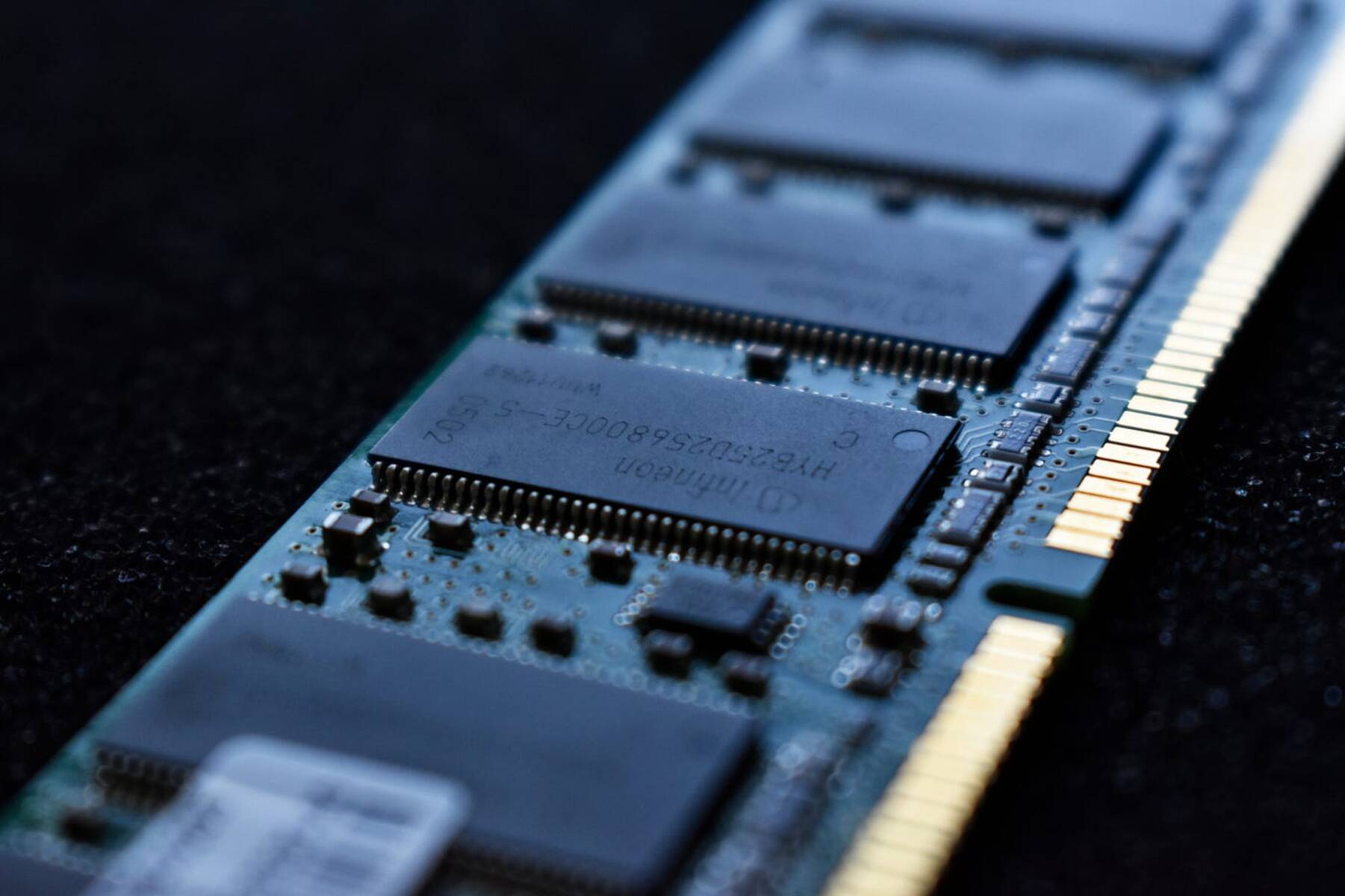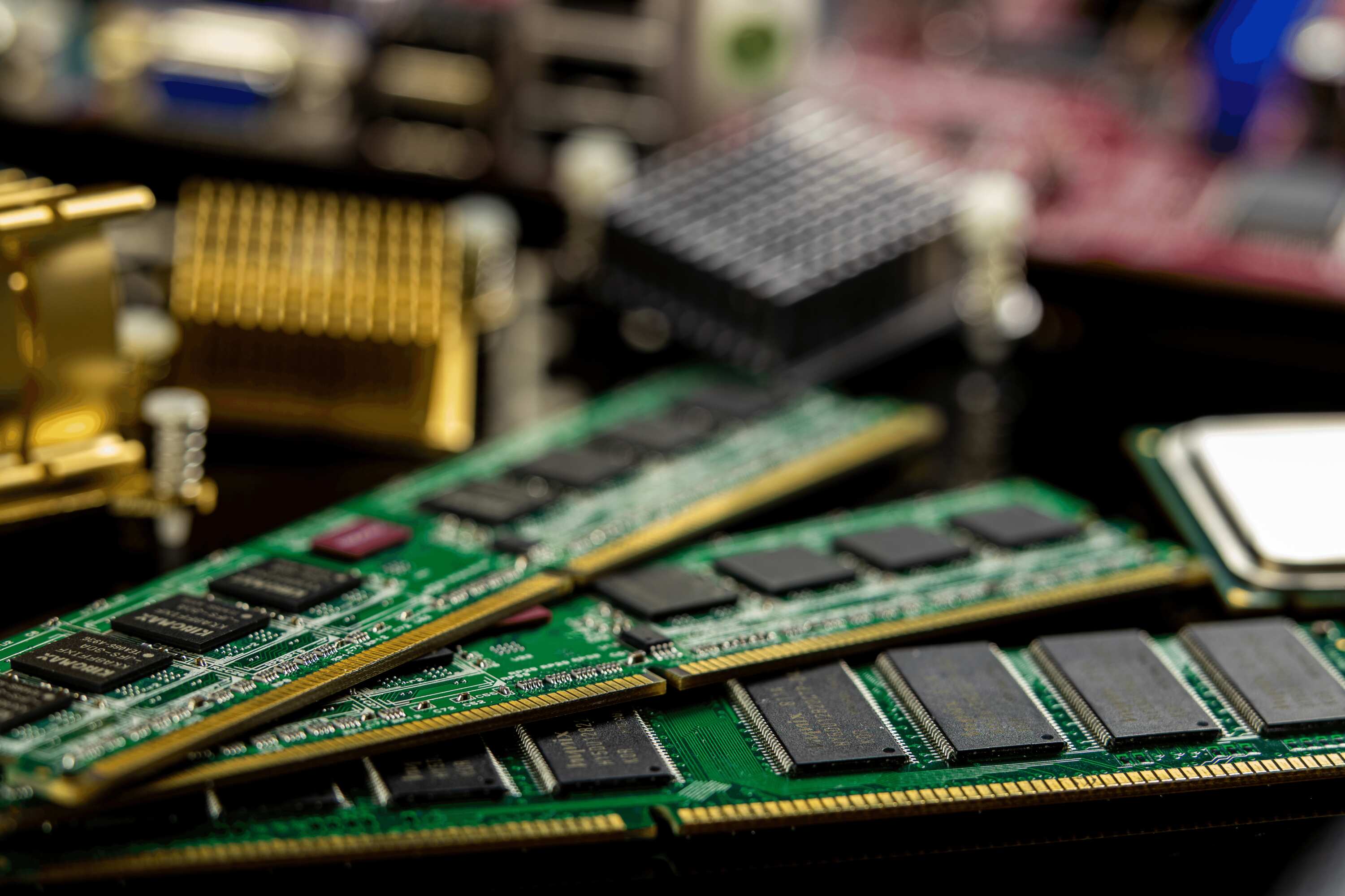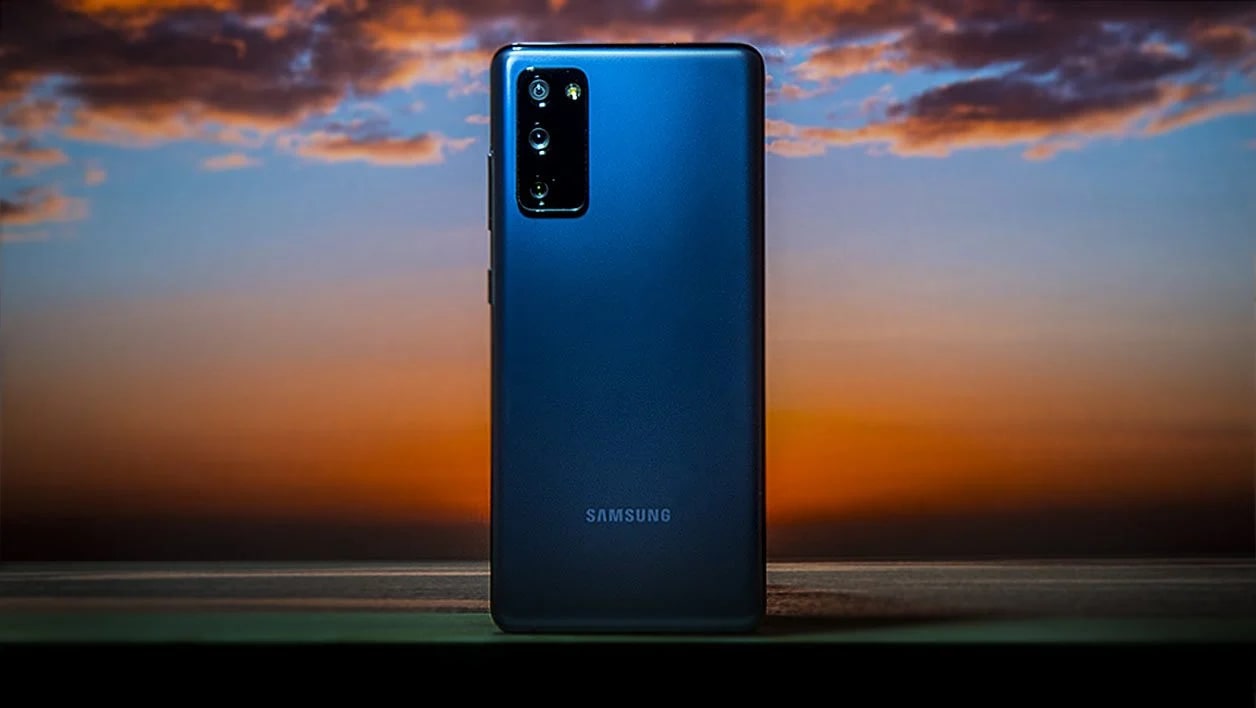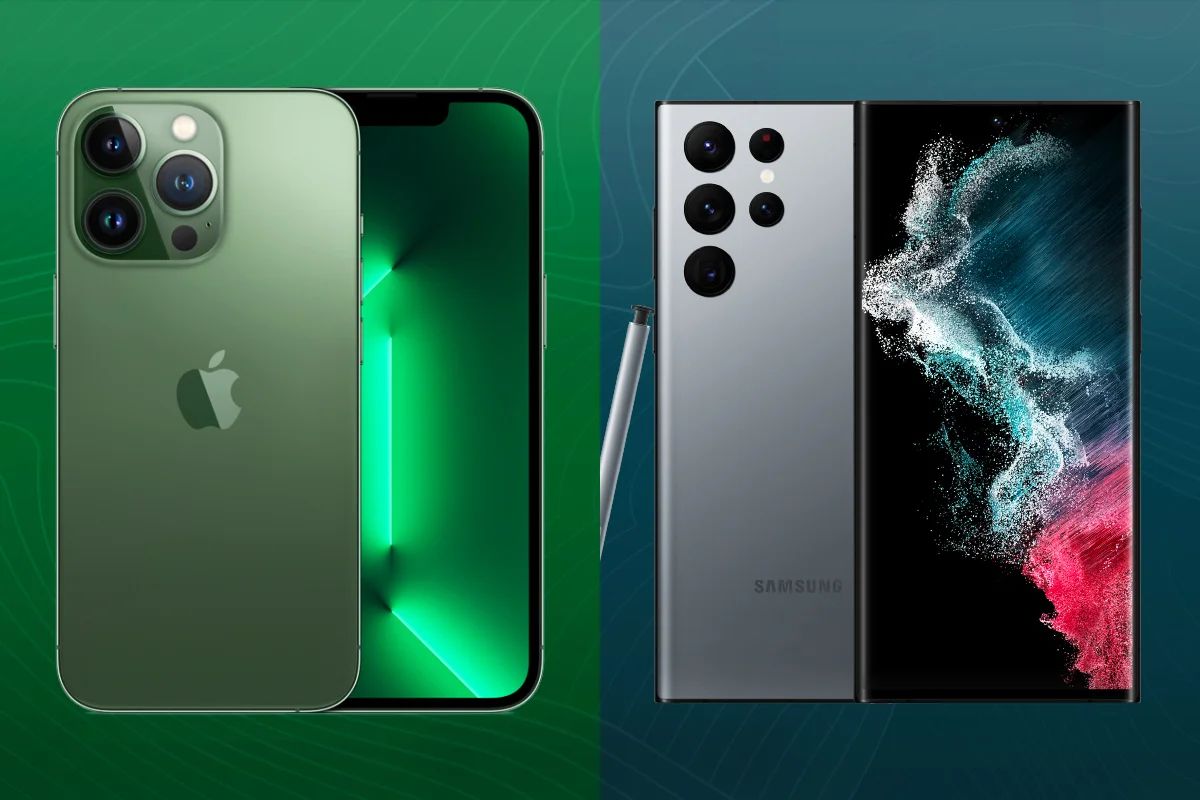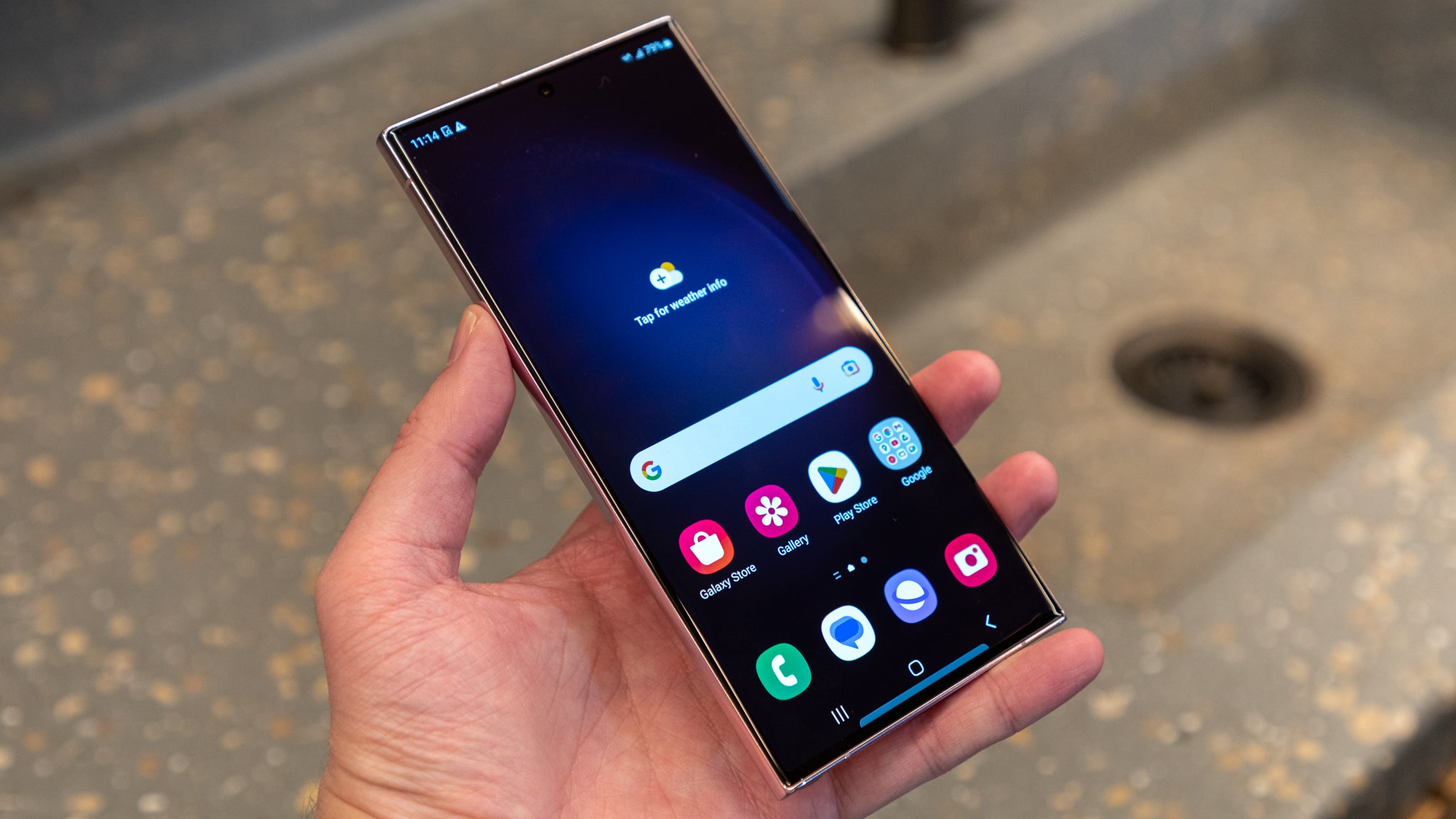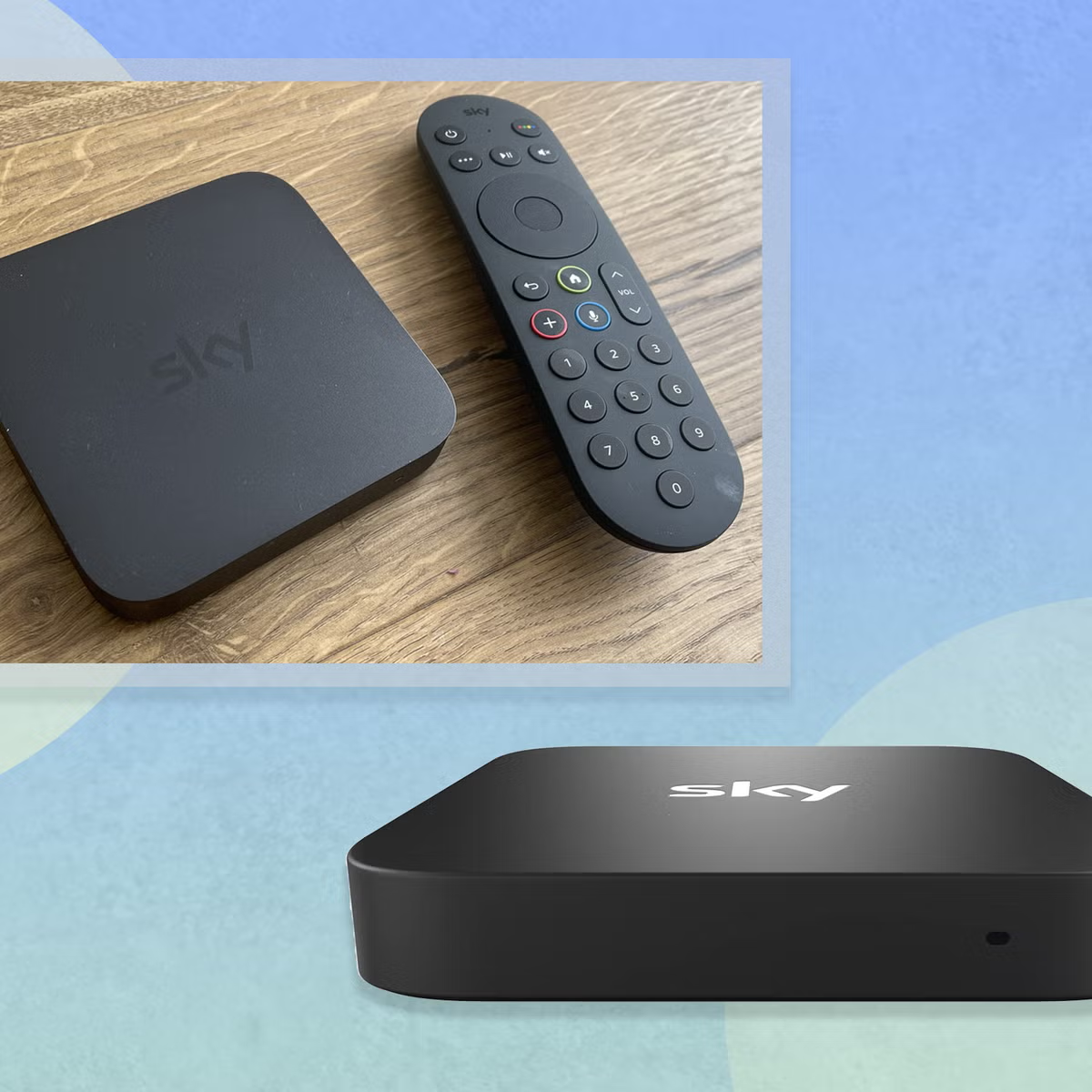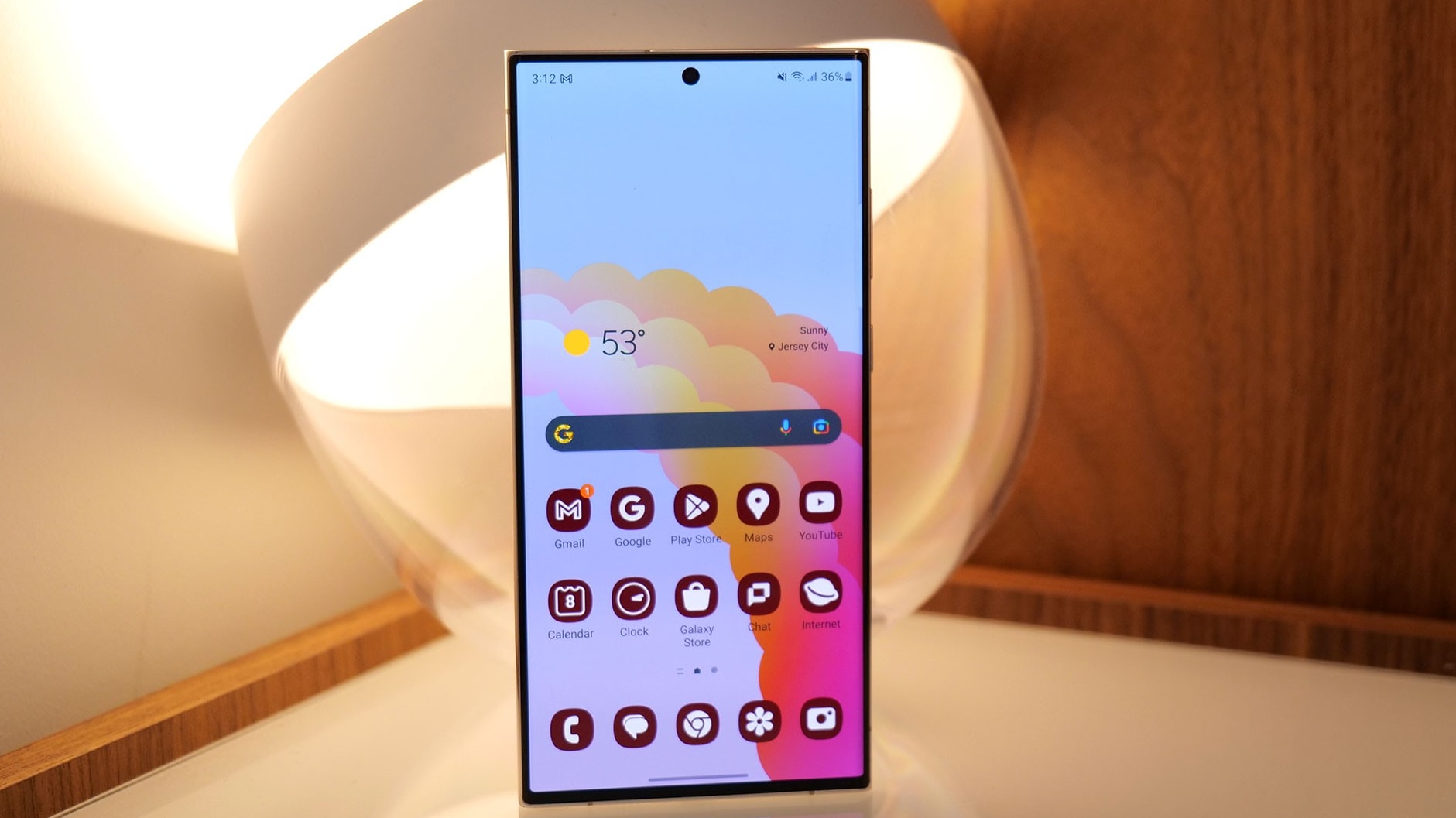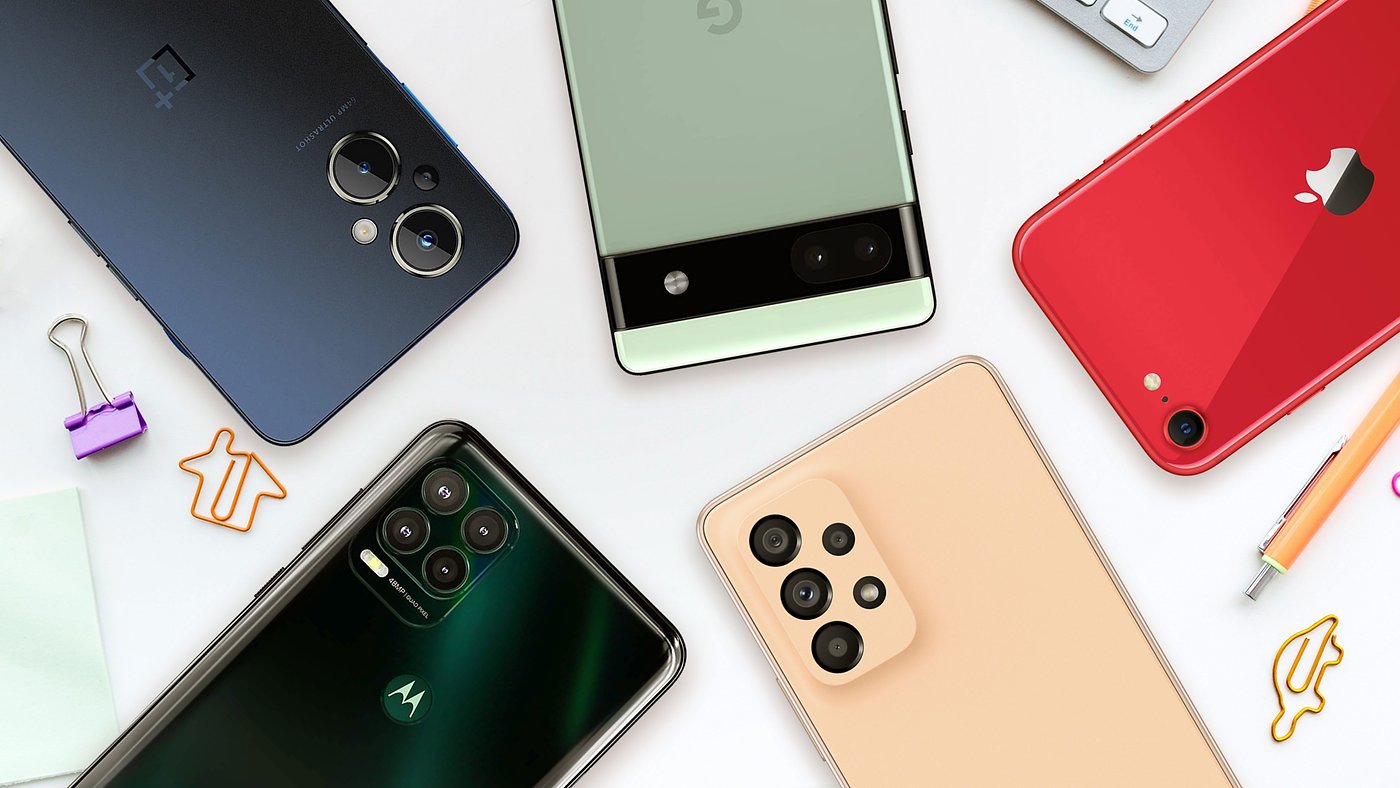What Is RAM?
Random Access Memory (RAM) is a critical component of any electronic device, including mobile phones. It serves as temporary storage for data that the device’s processor needs to access quickly. Think of it as a work desk where the processor can place and retrieve information swiftly.
RAM allows apps and processes to load and run efficiently on your mobile device. It acts as a bridge between the processor and the storage, providing fast access to data that is needed in real-time. The more RAM your phone has, the more apps and processes it can handle simultaneously without slowing down.
When you open an app or perform any task on your phone, the relevant data gets loaded into the RAM, allowing the processor to quickly access and manipulate that data. This temporary storage is crucial because RAM is much faster than the device’s internal storage.
However, it is important to note that RAM is a volatile form of memory, meaning it loses all stored data when the device is powered off or restarted. That’s why you may experience a slow startup on your phone after a reboot, as the RAM needs to refill with data.
Moreover, RAM is constantly accessed and updated as you switch between apps or perform tasks on your mobile device. It provides the necessary resources for smooth multitasking and ensures that your apps and processes run without lag or crashes.
Mobile devices usually have varying amounts of RAM, often ranging from 1GB to 12GB or even more on high-end devices. The amount of RAM you need depends on your usage patterns. If you are a heavy multitasker or use resource-intensive apps, opting for a device with higher RAM capacity can significantly enhance your overall user experience.
In short, RAM is a crucial component of any mobile device, responsible for providing fast access to data that the processor needs to perform tasks efficiently. It plays a vital role in determining the multitasking capabilities and overall performance of your phone.
What Is ROM?
Read-Only Memory (ROM) is another essential component found in mobile devices. Unlike RAM, which is temporary storage, ROM is a type of permanent storage that retains information even when the device is turned off.
ROM is pre-programmed during manufacturing and contains firmware or software that is crucial for the device to operate. It stores the necessary instructions and data required to boot up the system and initiate the basic operations of the device.
ROM is non-volatile, meaning it retains its data even without a power source. This is why you won’t lose any essential system files or settings when you restart or power off your mobile device.
There are different types of ROM used in mobile devices, with the most common being Read-Only Memory (ROM), Electrically Erasable Programmable ROM (EEPROM), and Flash Memory. Each type of ROM has its own characteristics and functions.
ROM is responsible for storing the operating system, device drivers, and other essential software components necessary for the device to function properly. It also contains pre-installed apps that cannot be removed by the user.
Furthermore, manufacturers often customize the ROM on their devices. They add their own user interface, applications, and optimizations to enhance the user experience. This customized ROM is commonly referred to as the “skin” or “UI” of the device.
While users cannot modify the pre-installed ROM, they can install custom ROMs on their devices. Custom ROMs are modified versions of the original ROM, created by independent developers, and often offer additional features, optimizations, and a different user experience.
In summary, ROM is a permanent type of storage used in mobile devices to store essential firmware, operating system, and pre-installed software. It is non-volatile and retains data even when the device is turned off. ROM plays a vital role in booting up the system and ensuring the proper functioning of the device.
Differences between RAM and ROM
While both RAM and ROM are crucial components in mobile devices, they serve different purposes and have distinct characteristics. Here are the key differences between RAM and ROM:
- Function: RAM is temporary storage that allows the processor to quickly access and manipulate data needed for active processes. On the other hand, ROM is permanent storage that holds pre-programmed firmware, operating system, and essential software required for the device to function.
- Data Retention: RAM is volatile memory, meaning it loses all stored data when the device is powered off or restarted. In contrast, ROM is non-volatile and retains its data even without a power source. This is why you won’t lose critical system files or settings when you restart your mobile device.
- Read and Write Access: RAM allows both read and write access, meaning data can be read from and written to RAM during active processes. ROM, on the other hand, is mostly read-only memory. While there are variations like EEPROM and Flash Memory that allow limited write access, the primary purpose of ROM is to provide read-only access to the pre-programmed instructions and data.
- Storage Capacity: RAM usually has higher storage capacity compared to ROM in mobile devices. It is often measured in gigabytes (GB) and determines the multitasking capabilities and overall performance of the device. ROM, on the other hand, typically has a fixed capacity determined by the manufacturer and is used for storing critical system files and firmware.
- Customizability: RAM is not customizable in mobile devices, as it is a hardware component determined by the manufacturer. However, ROM can be customized to some extent. Manufacturers often add their own software and user interface (UI) on top of the ROM, giving users a customized experience. Additionally, users can install custom ROMs created by independent developers, providing further customization options.
These differences between RAM and ROM illustrate their distinct roles and functionalities in mobile devices. While RAM provides temporary storage for active processes and impacts device performance, ROM holds permanent data and instructions necessary for system operation. Understanding these differences is crucial in optimizing mobile device performance and making informed decisions when it comes to upgrading or customizing your device.
RAM in Mobile
RAM plays a vital role in the performance of mobile devices. It determines how smoothly apps and processes run, impacts multitasking capabilities, and affects overall user experience. Here are some key points to understand about RAM in mobile devices:
- Performance: The amount of RAM in a mobile device directly influences its performance. With more RAM, your device can handle multiple apps and processes simultaneously without experiencing lag or slowdown. It allows for faster loading times, smoother multitasking, and better overall responsiveness.
- Multitasking: RAM enables efficient multitasking on mobile devices. When you switch between apps or perform multiple tasks, the relevant data is stored in RAM, allowing for quick access and smooth transitions. With sufficient RAM, you can effortlessly switch between apps, play games, stream media, and handle other resource-intensive activities without any noticeable drop in performance.
- App Management: RAM affects how efficiently apps are managed on your device. If you have limited RAM, your device may need to close background apps more frequently to free up memory for active processes. This can result in slower app switching and reloading times. However, devices with ample RAM can hold more apps in the background, allowing for faster app switching and a seamless user experience.
- RAM Management: Mobile operating systems and manufacturers implement various RAM management techniques to optimize memory usage. These techniques prioritize active processes, allocate resources efficiently, and free up RAM when necessary. However, it’s worth noting that some of these techniques may result in closing background apps more aggressively to conserve RAM, so it’s essential to consider your device’s RAM capacity when selecting a model.
- Upgradeability: Unlike some hardware components of a mobile device, such as the processor or storage, RAM is often not upgradeable. It is typically soldered onto the device’s motherboard, making it difficult or impossible to add more RAM later. Therefore, when purchasing a mobile device, consider your future needs and opt for a model with adequate RAM to avoid potential limitations down the line.
Overall, RAM is a crucial factor in determining the performance and capabilities of a mobile device. It allows for smooth multitasking, efficient app management, and enhances the overall user experience. Consider the amount of RAM in a mobile device when making a purchasing decision, especially if you engage in resource-intensive tasks or frequently use multiple apps simultaneously.
ROM in Mobile
ROM, or Read-Only Memory, plays a critical role in mobile devices. It is responsible for storing essential firmware, operating system files, and pre-installed software. Here are some key points to understand about ROM in mobile devices:
- Device Initialization: When you power on your mobile device, the firmware stored in ROM is responsible for initializing the device. This includes booting up the system, performing hardware checks, and loading the necessary components to launch the operating system. ROM ensures that your device starts up smoothly and is ready to be used.
- Firmware: ROM contains firmware, which is software programmed into the device during manufacturing. Firmware provides essential instructions to the device’s hardware components and ensures their proper functioning. It controls various aspects of the device, such as power management, connectivity, and security features.
- Operating System: The operating system of a mobile device is stored in ROM. It is the core software that manages the device’s resources, provides a user interface, and allows interaction with apps and services. The operating system ensures seamless usability and enables features such as app installation, data management, and system updates.
- Pre-Installed Software: ROM also holds pre-installed software, including system apps and utilities. These apps are typically provided by the device manufacturer and cannot be removed by the user. Examples of pre-installed software include calendar apps, messaging apps, web browsers, and system settings. They form the foundation of the device’s functionality.
- Customization: Mobile device manufacturers often customize the ROM on their devices. They add their own user interface (UI), skins, and proprietary features to differentiate their products. This customization gives each manufacturer’s devices a unique look and feel. Customized ROMs can offer additional features, optimizations, and visual enhancements beyond the stock operating system.
- Custom ROMs: While the ROM on a mobile device is typically locked and cannot be modified by the user, some advanced users may opt to install custom ROMs. Custom ROMs are modified versions of the original ROM created by independent developers. They offer different customizations, additional features, and performance optimizations. Installing a custom ROM can provide a unique user experience and extend the functionality of the device.
In summary, ROM is a crucial component of mobile devices that stores essential firmware, operating system files, and pre-installed software. It ensures the proper initialization and functioning of the device, provides the foundation for a seamless user experience, and enables customization options. Understanding the role of ROM in your mobile device can help you appreciate its importance in overall device functionality and customization possibilities.
How RAM and ROM Affect Mobile Performance
RAM and ROM play significant roles in determining the performance of mobile devices. They have distinct functions and impact different aspects of device operation. Here’s how RAM and ROM affect mobile performance:
- RAM and Multitasking: RAM directly affects the device’s ability to handle multiple apps and tasks simultaneously. Sufficient RAM allows for smoother multitasking, as it provides the necessary space to store and access data for various active processes. Insufficient RAM can lead to slower app switching, laggy performance, and even app crashes as the system struggles to manage available resources.
- RAM and App Performance: RAM has a direct impact on individual app performance as well. When you launch an app, its data is loaded into RAM for quick access. With ample RAM, apps load faster, respond more swiftly to user interactions, and run more smoothly. On the other hand, limited RAM may result in slower app loading times, delayed responsiveness, and potential freezing or crashing of resource-intensive apps.
- RAM and System Speed: The amount of available RAM affects the overall speed and responsiveness of the operating system. With more RAM, the device can store and recall essential system files and frequently accessed data quickly, resulting in a snappier user interface and smoother overall performance. Insufficient RAM may lead to system slowdowns, longer response times, and general sluggishness.
- ROM and System Stability: ROM contributes to the stability and reliability of the mobile device. By storing essential firmware, operating system files, and pre-installed software, ROM ensures that the device can boot up reliably, maintain system stability, and provide a consistent user experience. A solid and well-programmed ROM is crucial for avoiding system crashes, software glitches, and other instabilities.
- ROM and Software Updates: The ROM also influences the software update process. When manufacturers release system updates, they are often distributed as firmware files that are installed onto the ROM. A larger ROM capacity allows for more space to accommodate these updates, including new features, security patches, and performance improvements. Devices with limited ROM capacity may face challenges when it comes to installing major system updates, potentially limiting access to new features and optimizations.
Understanding the role of RAM and ROM in mobile performance can help you make informed decisions when choosing a device. Opting for a mobile device with adequate RAM and a stable, expandable ROM ensures optimal performance, smoother multitasking capabilities, and a more satisfying user experience.
Tips for Optimizing RAM and ROM Usage in Mobile Devices
To ensure optimal performance and efficient utilization of resources on your mobile device, consider implementing the following tips to optimize RAM and ROM usage:
- Close Unnecessary Apps: Close apps that are not in use to free up RAM and prevent them from running in the background. This helps conserve system resources and improves overall performance.
- Use Lite Versions of Apps: Consider using lightweight or “lite” versions of apps whenever possible. These versions consume less RAM and storage space, making them more resource-friendly on your device.
- Clear App Cache: Regularly clear app caches to reclaim storage space and potentially free up RAM. Apps accumulate cache files over time, which can impact performance and consume valuable resources.
- Manage Background Processes: Review and manage background processes to limit unnecessary resource consumption. Some apps may run background processes even when not in use. Disable or restrict background activities for apps that you do not need actively running.
- Limit Widgets and Live Wallpapers: Reduce the number of widgets on your home screen and avoid using live wallpapers. While these features can be visually appealing, they consume RAM and CPU resources, potentially impacting performance.
- Install Updates and Optimize Settings: Keep your device’s operating system and apps up to date. Updates often include performance improvements, bug fixes, and optimizations that can enhance RAM and ROM utilization. Additionally, review your device’s settings and disable or adjust features that consume excessive resources.
- Clear Storage Space: Regularly clear unnecessary files, photos, videos, and app data to free up storage space. A clutter-free device ensures smoother operations and prevents excessive utilization of ROM.
- Use Cloud Storage: Offload files to cloud storage services instead of relying solely on device storage. This can help reduce the amount of data stored in ROM and free up valuable space for essential system files and apps.
- Manage Installed Apps: Review the apps installed on your device and uninstall those that are not regularly used. This helps conserve both RAM and ROM, as fewer apps mean fewer resources being utilized.
- Avoid Overloading Storage: Be mindful of how much data you store on your device. Avoid filling up the storage to its maximum capacity, as it can have a negative impact on ROM performance. Keep a healthy amount of free space for the system to operate smoothly.
By implementing these tips, you can optimize RAM and ROM usage in your mobile device, ensuring efficient resource utilization, enhanced performance, and a smoother user experience. Additionally, remember to periodically monitor your device’s performance and adjust settings accordingly to tailor them to your specific needs and requirements.
Final Thoughts
Understanding the role of RAM and ROM is crucial to comprehending the inner workings of mobile devices and optimizing their performance. RAM provides temporary storage for active processes, allowing for efficient multitasking and smooth app performance. On the other hand, ROM stores essential firmware, the operating system, and pre-installed software, ensuring device initialization and stability.
Optimizing RAM and ROM usage can greatly enhance the overall experience on your mobile device. By following the tips mentioned above, such as closing unnecessary apps, clearing app cache, and managing background processes, you can improve resource utilization, reduce storage clutter, and prevent performance bottlenecks.
When considering a new mobile device, pay attention to the amount of RAM it offers. More RAM allows for seamless multitasking and better performance, especially if you frequently use resource-intensive apps or engage in heavy multitasking activities. Additionally, consider the ROM capacity and the availability of software updates to ensure optimal functionality and access to the latest features and improvements.
Keep in mind that mobile device performance depends on various factors, including hardware specifications, software optimizations, and user habits. Implementing the suggested tips can contribute to improving RAM and ROM usage, but it is important to strike a balance between resource optimization and maintaining a personalized and functional device setup.
Stay informed about the latest software updates and adopt good device management practices to ensure your mobile device stays efficient and responsive in the long run. By optimizing RAM and ROM usage, you can make the most out of your mobile device and enjoy a seamless and satisfying user experience.







